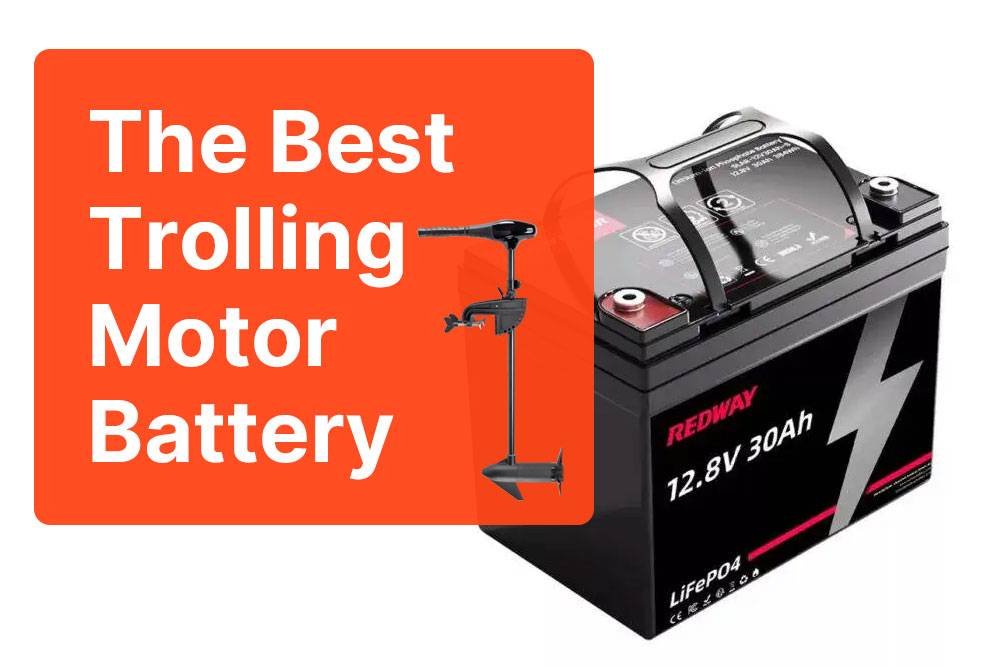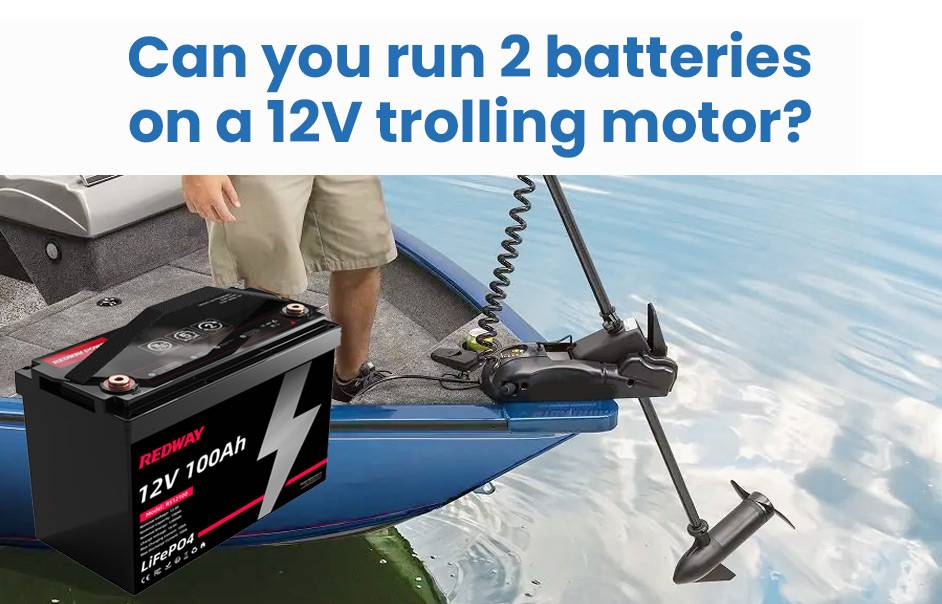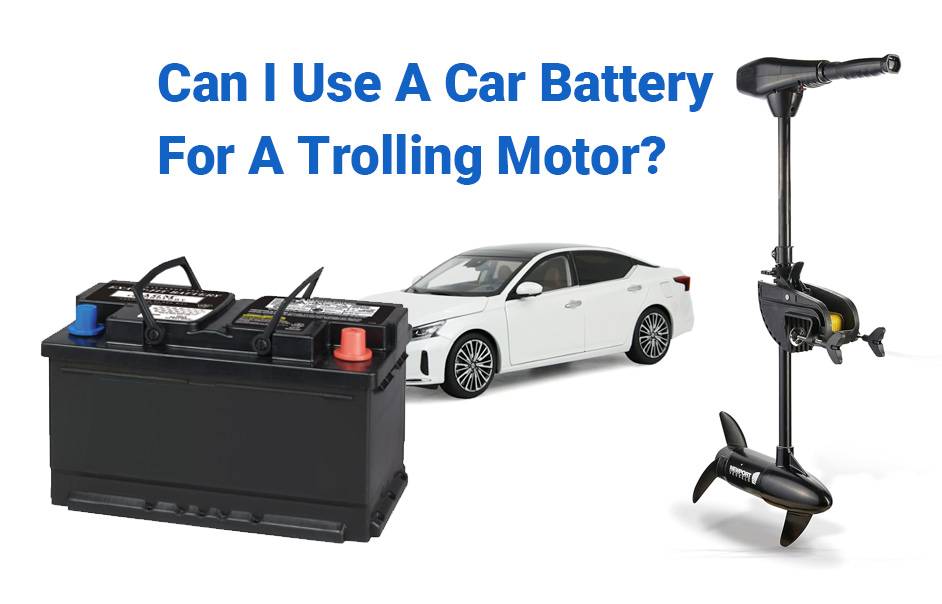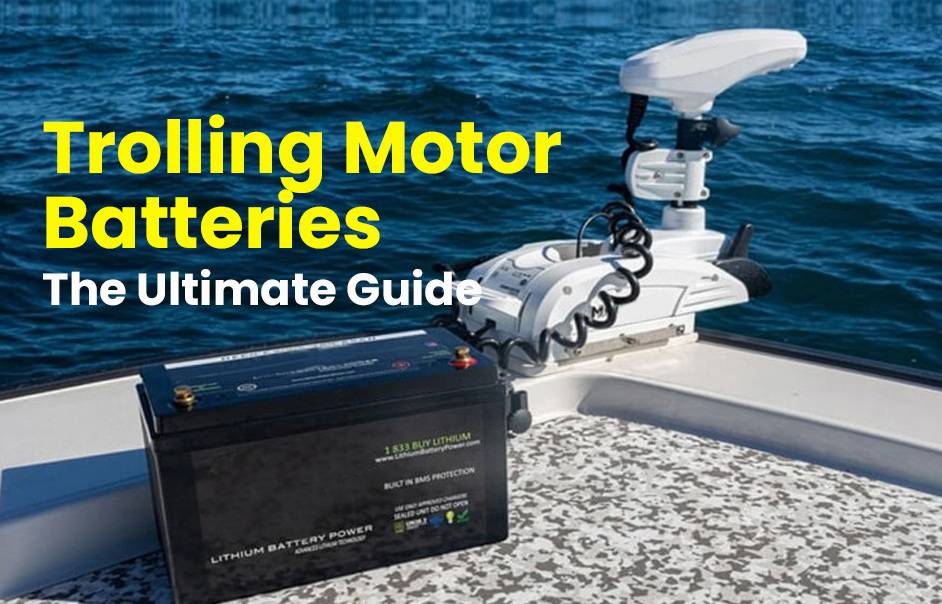- Forklift Lithium Battery
-
48V
- 48V 210Ah
- 48V 300Ah
- 48V 420Ah (949 x 349 x 569 mm)
- 48V 420Ah (950 x 421 x 450 mm)
- 48V 456Ah
- 48V 460Ah (830 x 630 x 590 mm)
- 48V 460Ah (950 x 421 x 450 mm)
- 48V 460Ah (800 x 630 x 600 mm)
- 48V 460Ah (820 x 660 x 470 mm)
- 48V 500Ah
- 48V 560Ah (810 x 630 x 600 mm)
- 48V 560Ah (950 x 592 x 450 mm)
- 48V 600Ah
- 48V 630Ah
-
48V
- Lithium Golf Cart Battery
- 12V Lithium Battery
12V 150Ah Lithium RV Battery
Bluetooth App | BCI Group 31
LiFePO4 Lithium
Discharge Temperature -20°C ~ 65°C
Fast Charger 14.6V 50A
Solar MPPT Charging - 24V Lithium Battery
- 36V Lithium Battery
- 48V Lithium Battery
-
48V LiFePO4 Battery
- 48V 50Ah
- 48V 50Ah (for Golf Carts)
- 48V 60Ah (8D)
- 48V 100Ah (8D)
- 48V 100Ah
- 48V 100Ah (Discharge 100A for Golf Carts)
- 48V 100Ah (Discharge 150A for Golf Carts)
- 48V 100Ah (Discharge 200A for Golf Carts)
- 48V 150Ah (for Golf Carts)
- 48V 160Ah (Discharge 100A for Golf Carts)
- 48V 160Ah (Discharge 160A for Golf Carts)
-
48V LiFePO4 Battery
- 60V Lithium Battery
-
60V LiFePO4 Battery
- 60V 20Ah
- 60V 30Ah
- 60V 50Ah
- 60V 50Ah (Small Size / Side Terminal)
- 60V 100Ah (for Electric Motocycle, Electric Scooter, LSV, AGV)
- 60V 100Ah (for Forklift, AGV, Electric Scooter, Sweeper)
- 60V 150Ah (E-Motocycle / E-Scooter / E-Tricycle / Tour LSV)
- 60V 200Ah (for Forklift, AGV, Electric Scooter, Sweeper)
-
60V LiFePO4 Battery
- 72V~96V Lithium Battery
- Rack-mounted Lithium Battery
- E-Bike Battery
- All-in-One Home-ESS
- Wall-mount Battery ESS
-
Home-ESS Lithium Battery PowerWall
- 24V 100Ah 2.4kWh PW24100-S PowerWall
- 48V 50Ah 2.4kWh PW4850-S PowerWall
- 48V 50Ah 2.56kWh PW5150-S PowerWall
- 48V 100Ah 5.12kWh PW51100-F PowerWall (IP65)
- 48V 100Ah 5.12kWh PW51100-S PowerWall
- 48V 100Ah 5.12kWh PW51100-H PowerWall
- 48V 200Ah 10kWh PW51200-H PowerWall
- 48V 300Ah 15kWh PW51300-H PowerWall
PowerWall 51.2V 100Ah LiFePO4 Lithium Battery
Highly popular in Asia and Eastern Europe.
CE Certification | Home-ESS -
Home-ESS Lithium Battery PowerWall
- Portable Power Stations
How Long Can a 12V Marine Battery Last with a Trolling Motor?

The lifespan of a 12V marine battery used with a trolling motor typically ranges from 2 to 7 years, depending on various factors such as battery type, usage patterns, and maintenance practices. Understanding these elements can help boaters maximize their battery life and ensure reliable performance on the water.
What is the expected lifespan of a 12V marine battery with a trolling motor?
The expected lifespan of a 12V marine battery when used with a trolling motor can vary significantly based on several factors, including the type of battery (lead-acid vs. lithium), frequency of use, and how well it is maintained. Generally, lead-acid batteries last about 2 to 4 years, while lithium batteries can exceed 5 to 7 years due to their superior cycle life and efficiency.
| Battery Type | Average Lifespan |
|---|---|
| Lead-Acid | 2 – 4 years |
| AGM | 3 – 5 years |
| Lithium | 5 – 7 years |
What factors influence the lifespan of a marine battery?
Several key factors can influence how long a marine battery lasts:
- Battery Type: Lithium batteries tend to last longer than lead-acid batteries.
- Usage Frequency: Frequent use can lead to quicker wear, especially if deep discharges occur.
- Charging Practices: Proper charging techniques can prevent overcharging and undercharging, which harm battery life.
- Environmental Conditions: Extreme temperatures can negatively impact performance and longevity.
How can you prolong the life of your marine battery?
To extend the lifespan of your 12V marine battery, consider the following tips:
- Proper Charging: Use an appropriate charger that matches your battery type and avoid overcharging.
- Regular Maintenance: Clean terminals and check water levels (for flooded batteries) to prevent corrosion.
- Avoid Deep Discharges: Try not to discharge below 50% capacity; recharge promptly after use.
- Optimal Storage: Store in a cool, dry place away from extreme temperatures when not in use.
| Maintenance Tip | Description |
|---|---|
| Proper Charging | Use compatible chargers |
| Regular Maintenance | Clean terminals and check water levels |
| Avoid Deep Discharges | Recharge before hitting 50% capacity |
| Optimal Storage | Store in moderate temperatures |
What types of batteries are best suited for trolling motors?
For trolling motors, the following types of batteries are commonly recommended:
- Deep Cycle Lead-Acid Batteries: Good for moderate use; they provide consistent power over time.
- AGM Batteries: Absorbent Glass Mat batteries are sealed, maintenance-free, and resistant to vibrations.
- Lithium Batteries: Offer superior performance, longer life spans, and faster charging times, making them ideal for frequent users.
Why is proper maintenance important for marine batteries?
Proper maintenance is crucial because it directly affects the performance and longevity of your marine battery. Regular checks help identify issues like corrosion or low fluid levels that could lead to failure if left unaddressed. Additionally, maintaining optimal charging practices prevents damage from overcharging or deep discharges.
How do usage patterns affect battery longevity?
Usage patterns significantly impact how long your marine battery lasts:
- Frequent Use: Regularly using the trolling motor can lead to quicker wear if deep discharges occur frequently.
- Type of Usage: Continuous high-speed operation drains batteries faster than slower speeds or intermittent use.
Understanding your typical usage will help you choose the right battery type and size to meet your needs without excessive strain.
What should you consider when choosing a marine battery for your trolling motor?
When selecting a marine battery for your trolling motor, consider:
- Capacity Needs: Ensure the amp-hour rating is sufficient for your intended usage duration.
- Battery Type: Decide between lead-acid, AGM, or lithium based on budget and performance needs.
- Weight Considerations: Lighter batteries may improve overall boat performance but could be more expensive.
Industrial News
The market for marine batteries continues to evolve with advancements in lithium technology gaining popularity among anglers and boaters alike. Lithium batteries are increasingly favored due to their lightweight design, longer lifespan, and faster charging capabilities compared to traditional lead-acid options. Manufacturers are also focusing on developing more efficient charging systems that enhance performance while minimizing environmental impact.
Redway Power Expert Views
“Choosing the right type of battery is essential for maximizing performance on the water,” states an expert at Redway Power Technologies. “As technology advances, lithium batteries are becoming more accessible, providing boaters with reliable power solutions that enhance their overall experience.”
How to know when it’s time to replace your battery
Recognizing when to replace your trolling motor battery is essential for maintaining smooth operations. Here’s how to tell if it’s time for a new battery:
- Charging Time: If your battery takes longer to charge or discharges quickly during use, it may indicate diminishing capacity and the need for replacement.
- Motor Performance: Poor motor performance, such as reduced power or struggling to reach speeds, can signal that the battery is no longer delivering sufficient voltage.
- Physical Signs: Check for cracks in the casing or corrosion on terminals, as these can impair functionality and indicate the battery needs replacing.
- Lifespan Consideration: If you’ve been using your current battery for several seasons and it’s nearing its typical lifespan of one to four years, it’s wise to start thinking about investing in a new one.
By being proactive and recognizing these signs early on, you can avoid unexpected battery failures during your fishing trips.
Conclusion: Choosing the right battery for your needs
Choosing the right battery for your trolling motor is crucial for maximizing lifespan. Here’s how to make the best choice:
- Capacity: Opt for a battery with a higher amp-hour rating if you plan on frequent or long trips to ensure sufficient power throughout.
- Battery Type: Consider flooded lead-acid, AGM, or lithium-ion batteries, weighing factors like price, maintenance, and performance.
- Brand Reputation: Choose brands known for reliability and durability in marine environments, backed by positive reviews from other users.
By selecting a quality battery that meets your needs and following proper maintenance practices, you can extend the lifespan of your 12V marine battery and enjoy smooth sailing with your trolling motor.
FAQs
How does one calculate trolling motor run time based on battery capacity and current draw?
To calculate run time, divide the battery capacity (Ah) by the trolling motor’s current draw (A). For example, a 100Ah battery with a 10A draw would provide approximately 10 hours of run time (100Ah ÷ 10A = 10 hours).
What are the benefits of using lithium batteries over lead-acid batteries for trolling motors?
Lithium batteries are lighter, offer longer run times, charge faster, and have a longer lifespan compared to lead-acid batteries. They also provide consistent power output and are more durable under various conditions.
What are the advantages of lithium trolling motor batteries?
Lithium trolling motor batteries offer higher energy density, longer cycle life, faster charging times, reduced weight, and consistent performance over their lifespan. They also have better depth of discharge and can withstand harsh conditions.
What battery lasts the longest for a trolling motor?
Lithium batteries typically last the longest for trolling motors, offering up to 2,000-5,000 charge cycles compared to 500-800 cycles for lead-acid batteries, resulting in superior longevity and reduced replacement frequency.
Why are breakers and fuses important for trolling motor batteries?
Breakers and fuses protect trolling motor batteries from electrical faults and overcurrent conditions. They help prevent damage to the battery and trolling motor, ensuring safe and reliable operation.
How does deep cycle capability benefit trolling motor batteries?
Deep cycle capability allows batteries to be discharged and recharged repeatedly without significant loss of capacity. This is crucial for trolling motors, which require sustained power over extended periods.
What are the top choices for long-lasting trolling motor batteries?
Top choices for long-lasting trolling motor batteries include high-quality lithium batteries such as those from brands like Battle Born, Dakota Lithium, and Renogy. These provide extended lifespan and superior performance.
What is the importance of deep cycle capability for battery longevity?
Deep cycle capability enhances battery longevity by allowing repeated discharges and recharges without significant degradation. This is essential for applications like trolling motors, which demand frequent and deep discharges.
What are the best types of trolling motor batteries?
The best types of trolling motor batteries are deep-cycle lead-acid (AGM or gel) and lithium-ion batteries. Lithium batteries are preferred for their longer lifespan, faster charging, and lighter weight.
How do 12V, 24V, and 36V trolling motor batteries differ?
12V trolling motor batteries are suitable for smaller motors and boats, 24V batteries offer more power for mid-sized motors, and 36V batteries provide high power for large trolling motors and larger boats, ensuring better performance and efficiency.























